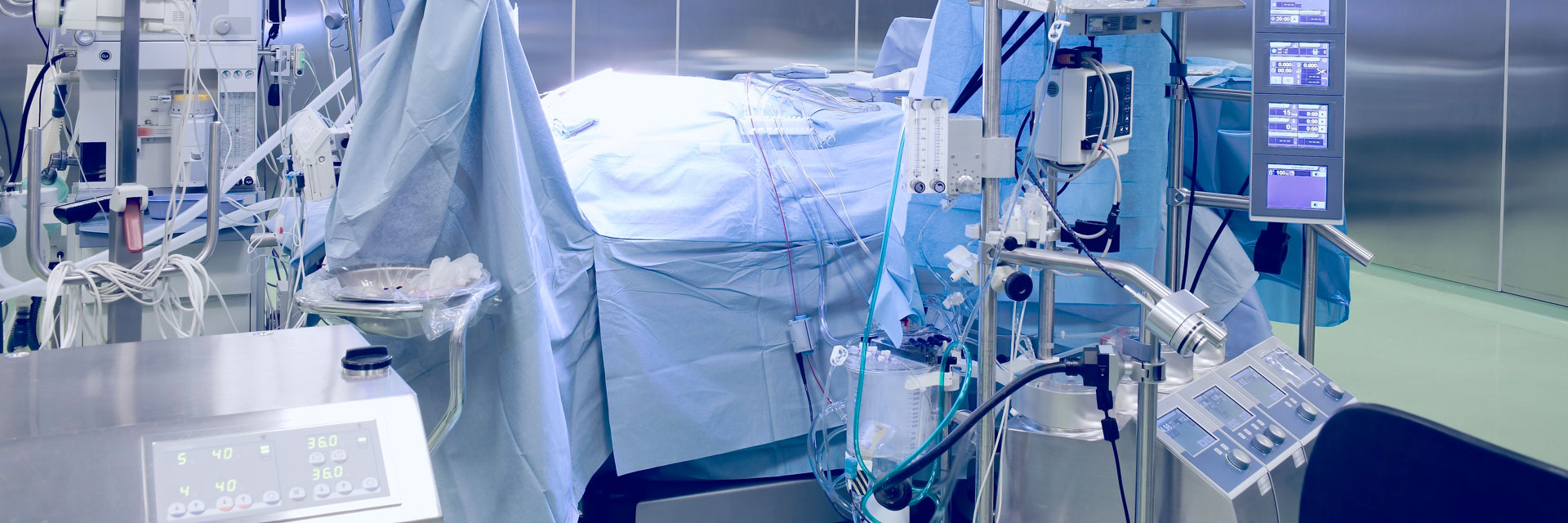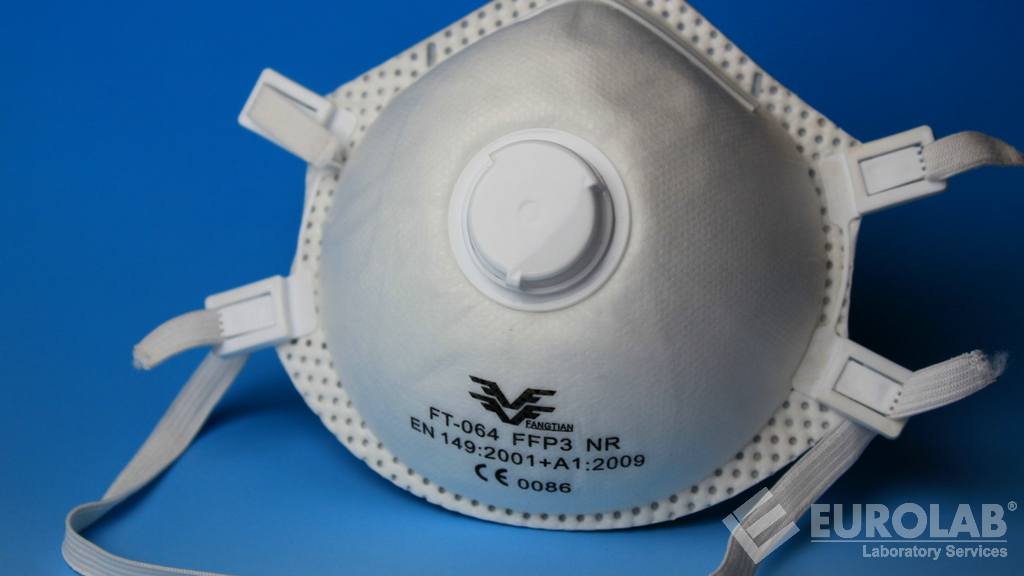

Scientific studies reveal how vital face masks are during the coronavirus epidemic. Despite this, there are debates about how much is sufficient.

However, today, the masks have become the symbol of the coronavirus epidemic, which has sick over 35 million people and killed more than 1 million people. The use of medical face masks in hospitals and healthcare facilities significantly stops the spread of coronavirus. But for the various types of masks used by the public, it is a bit difficult to think in the same way, as the available data are scattered and different.
To be clear, scientific studies support the use of masks. Because research results show that masks prevent the spread of the epidemic and reduce the likelihood of getting the virus. Some studies even show that masks reduce the severity of the infection in the face of the possibility of getting the virus.
There are many types of masks used in various environments today. Concerns remain about people's willingness to wear these masks and use them properly. People need to be more conscious of how well masks work or when to use them.
In response to the coronavirus outbreak, the European Standardization Committee (CEN) and the European Electrotechnical Standardization Committee (CENELEC) have made freely accessible a number of European standards that apply to medical equipment and personal protection equipment used. In this way, the way has been paved for the fast and desired production of the masks. This is a very positive development for providing healthcare professionals and patients with equipment quickly.

Numerous standards developed cover different types. One of these standards is the European standard EN 149 standard. All maintenance-free dust masks to be marketed in European Union countries must comply with the requirements of the European personal protective equipment directive EC / 425/2016. This compliance is provided according to the EN 149 standard. The performance requirements of the masks are tested according to this standard. This standard describes the performance requirements for maintenance-free breathing equipment.
The standard has been published in our country by the Turkish Standards Institute (TSE) with the following title: TS EN 149 Respiratory protective devices - Filtered half masks for protection against particles - Properties, experiments and marking.
In the latest update to the EN149 standard, two new classifications for the use of masks have been introduced: disposable equipment and reusable equipment.
Respirable air contains almost invisible aerosols and fine dust particles, which are serious health risks. Filtering half masks against particles provides protection against these risks. Respirators, divided into three classes, provide protection against aerosols in the ambient air, smoke and fine and oily dust. The protective functions of the masks are arranged according to the EN 149 standard. These masks are called filter half masks against particles.
FFP1 filters filter at least 80 percent of particles, FFP2 filters at least 94 percent, and FFP3 filters at least 98 percent.
Another European standard for protective masks is the EN 14683 standard. This standard is a standard that medical face masks used in European Union countries must comply with. This standard describes the design, manufacture, performance requirements and test methods of medical face masks aimed at preventing the transmission of infectious agents from employees to patients in surgical procedures and medical settings with similar requirements. This standard has been published in our country by the Turkish Standards Institute (TSE) with the following title: TS EN 14683 Medical face masks - Requirements and test methods.

A medical face mask with a suitable microbial barrier is also effective in reducing the emission of infective agents from the nose and mouth of an asymptomatic carrier or a patient with clinical symptoms. This standard does not only apply to the personal protection of employees. There are other standards published for this purpose.
The EN 14683 standard includes test requirements for bacterial filtration efficiency, differential pressure (breathability), splash resistance and microbial cleanliness. There are three types of face masks according to this standard. The bacterial filtration efficiency of Type I masks, i.e. the filtering ability of the mask to prevent bacteria from being released into the wearer's environment, is at least 95 percent, and Type II and Type IIR masks are at least 98 percent. The differential pressure of Type I and Type II masks is at most 40, while Type IIR masks are at most 60 percent. The lower this ratio is, the easier it is for the user to breathe normally. Type IIR masks also provide the highest level of protection as they protect from droplets.
The ASTM F2100 standard, an American standard for protective masks, bases the performance requirements for face masks on five basic criteria:
The National Institute for Occupational Safety and Health (NISOH) is an organization that conducts research and advises on the prevention of work-related injuries and illnesses. His work mainly focuses on the following eight areas: agriculture, forestry and fishing, construction, health and welfare, manufacturing, mining, services, wholesale and retail trade and shipping, storage and utilities.
NIOSH also develops recommendations for exposure limits to potentially hazardous substances or conditions in the workplace. It also designs measures to reduce or eliminate the negative effects of these dangers on health. These recommendations are then forwarded to the Occupational Safety and Health Administration (OSHA) for use in issuing legal standards.
For example, document 42 CFR Part 84, developed by NIOSH, provides a brief overview of what the respirator user should know about the new approved categories of particulate respirators. Air purifier and particle filter respirators are tested and approved within the framework of this document.
This document contains three filter categories and three filter efficiencies for each:
|
N100: 99.97% |
R100: 99.97% |
P100: 99.97% |
|
N99: 99.00% |
R99: 99.00% |
P99: 99.00% |
|
N95: 95.00% |
R95: 95.00% |
P95: 95.00% |
|
N series: Not oil resistant R series: Oil resistant P series: Oil proof |
||
Our organization provides mask analysis services to demanding organizations within the framework of national and international standards, with a trained and expert staff and advanced technological equipment, among numerous testing, measurement, analysis and evaluation studies.
To get an appointment, to get more detailed information or to request an evaluation, you can ask us to fill in our form and reach you.